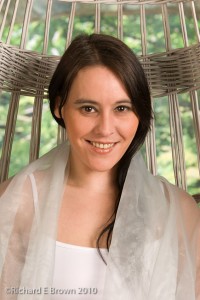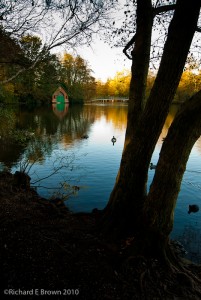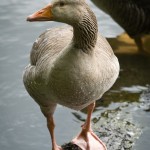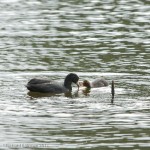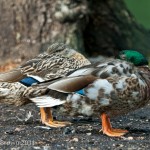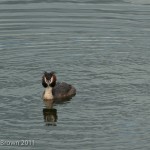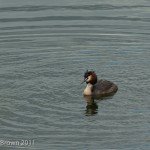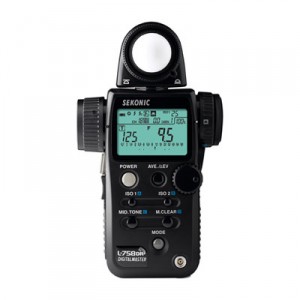If you shoot jpeg then what you get out of the camera is generally pretty good. If you shoot RAW then what you get out is generally not as good looking straight out of the camera, unless you use the Camera manufactures own RAW processing software.
Most of use prefer something a little easier to use and more powerful, such as Apple’s Aperture, Adobe Camera RAW and Adobe’s Lightroom.
RAW files thought have far greater potential and can be processed to give a better image then with jpegs.
The image above is a RAW file taken straight from the camera, with Adobe Lightroom’s default settings. There are a few blown highlights and the colour temperature is a little low.
It does not take much to tweak the exposure and colour temperature and apply a little sharpening (Sharpening is a topic for another day).
What we have above is much closer to what I saw in the studio.
For many people this is how the photograph ends. The next steps that can be taken are what many consider to be steps to far. A betrayal of true photography. What many people do not know, is that while the next steps have become easier with products like Adobe Photoshop, these techniques where possible in the darkroom and have been with us now nearly a hundred years.
We now have a number of options available to use. Everyone even the most perfect of models has small imperfections. A good make artist can make all the difference, but even then things get missed, or the make is either under or over done.
The healing brush to the rescue. Lightroom and Photoshop both have healing brushes but as I intend to do things with this image that Lightroom cannot do easily I took the decision to take the image into Photoshop.
Using photoshop duplicate the layer (Command-J on the Mac), don’t work on the original layer. In the above image using the spot healing brush with the mode set to normal but with content aware switched on (CS5 not available in previous versions) the major imperfections in the skin have been removed. Use a small brush, just bigger then the spot your trying to heal and remember to use a soft edged brush. If your working on an area close to a boundary like an area of skin next to the hair or the dress, it can make the image look worse. If this happens just undo and switch from the spot healing brush to the healing brush. Select from an adjacent area (Option-Click on Mac; Alt-Click on Windows), and then click on the area to heal. For larger areas, then you will need to resort to patch tool, but be careful to prevent reoccurring pattens from forming.
So with the major imperfections corrected the next step is skin softening, a topic mired in controversy.
There are two major options available to us. Do we want perfect flawless skin or something a little more natural. Both techniques can be taken too far and remove all the texture but one tends to obscure skin texture more then the other.
Part 2 will look at this and use the most controversial technique. Skin blurring.
Want to learn photoshop and learn about these techniques in more detail, then check out the Podcast “The Photoshop Guys” and also the website Kelby Training, well worth subscribing to.
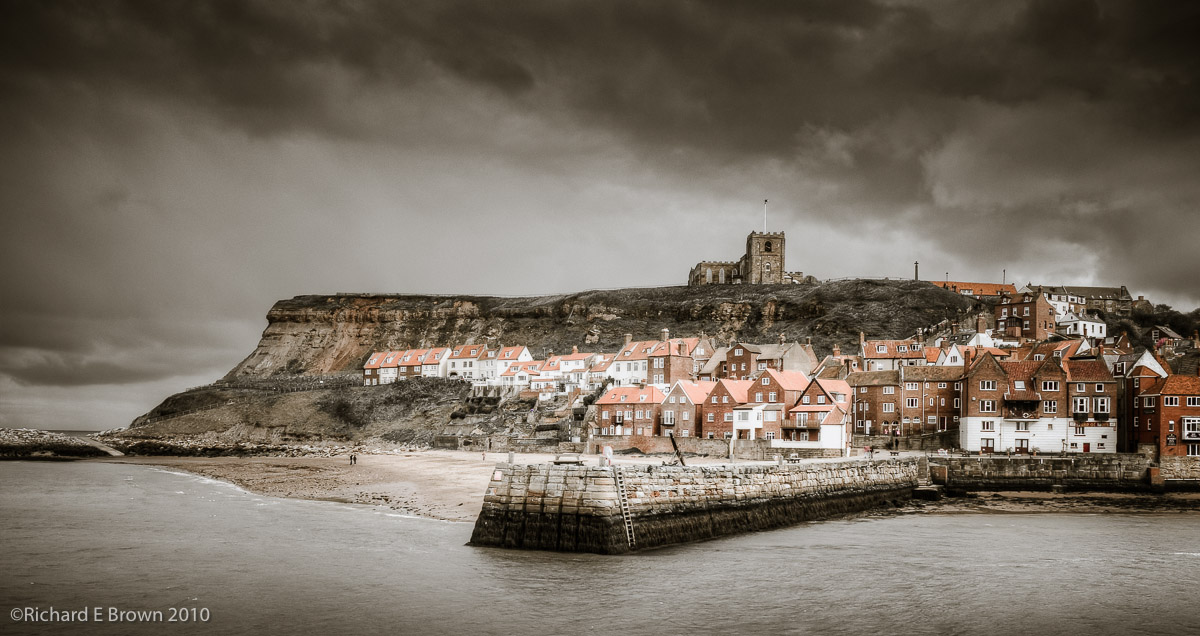
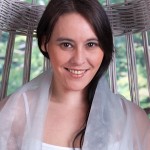

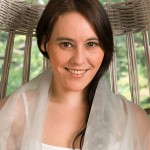
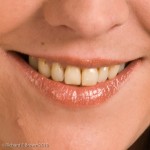

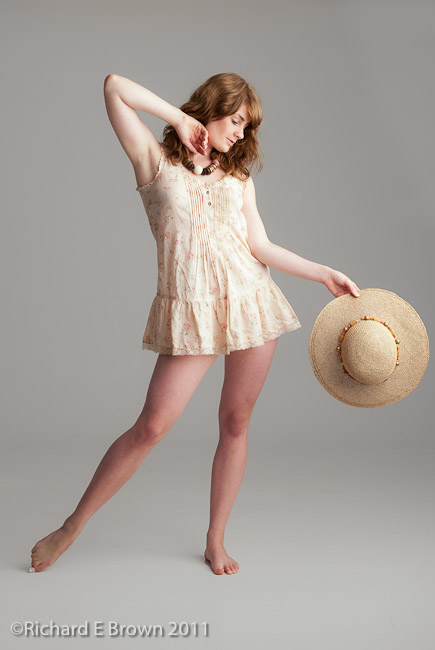 Nikon D200 SLR
Nikon D200 SLR In the picture above, we have a flash head fitted with a snoot. Hard directional light coming from behind the model, the light is just hitting her.
In the picture above, we have a flash head fitted with a snoot. Hard directional light coming from behind the model, the light is just hitting her.
 The key to using a softbox is to get it as close to the subject as posible, this then gives the effect termed soft, and also wrap.
The key to using a softbox is to get it as close to the subject as posible, this then gives the effect termed soft, and also wrap.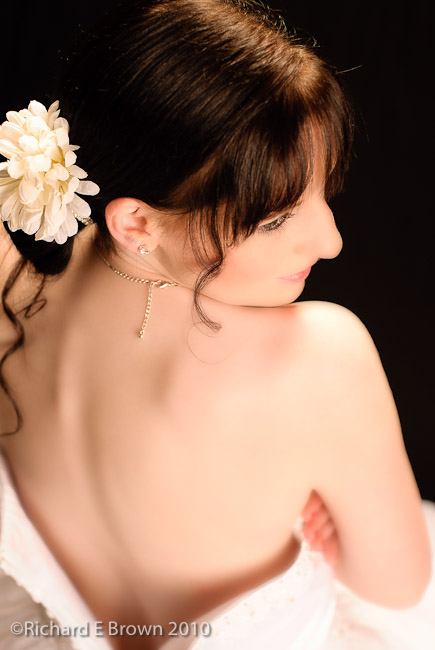 What also helps in this shot above is the large aperture used on the lens to limit the depth of field available. A very beautiful model enhanced by some lovely soft, wrapping light.
What also helps in this shot above is the large aperture used on the lens to limit the depth of field available. A very beautiful model enhanced by some lovely soft, wrapping light.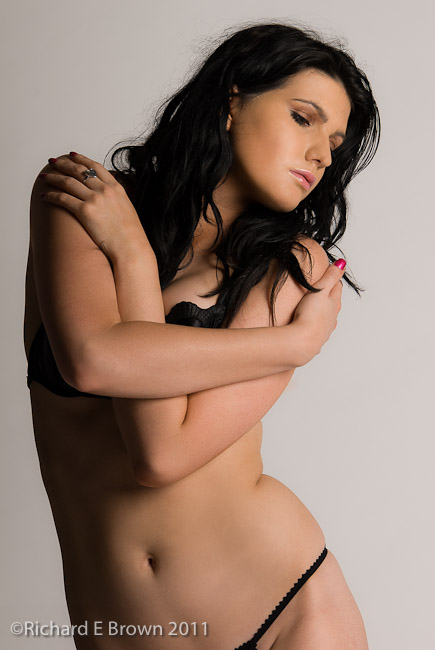
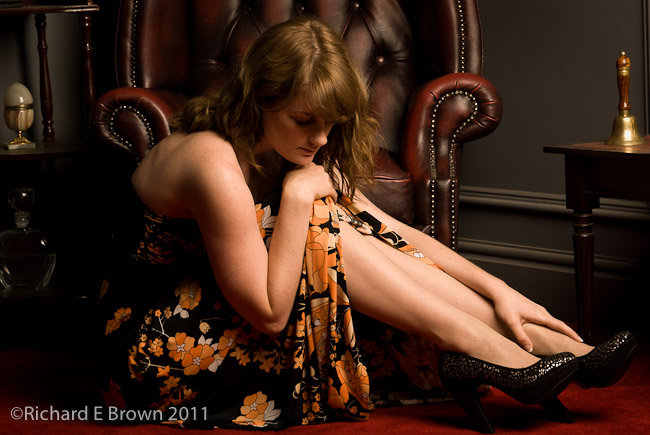
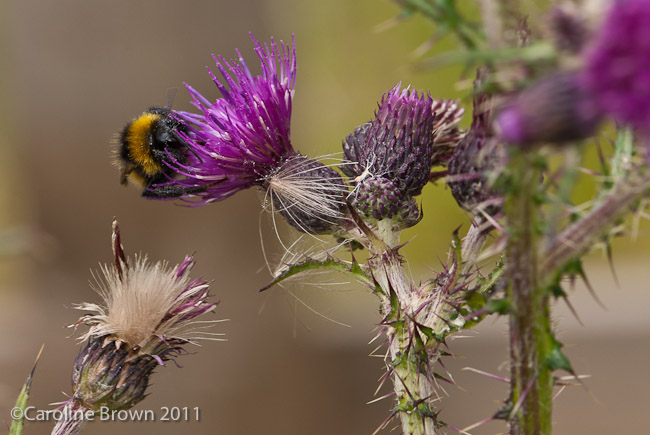 Well the other day I installed the latest
Well the other day I installed the latest 